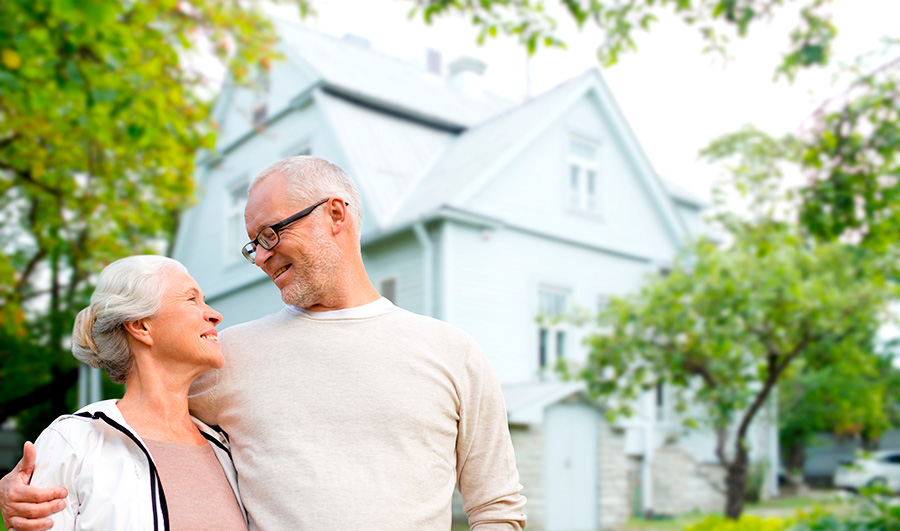Friday, July 1st, 2016 and is filed under Housing Market

A few generations ago, housing older individuals wasn’t much of a problem. Setting aside the fact that the average life span was shorter, older generations tended to stay put in the same town or city, as well as the same houses. The adult offspring of these older people also remained at home to raise their own kids, and to tend to their aging parents. Three or four generations under one roof was more the norm, than the exception.
Fast forward a century or two, and we see that things have changed. Families are no longer in the same city or town, let alone the same house. People are living longer. And as of now, the 50-and-older population is anticipated to increase by 20% by the year 2030, according to Harvard University’s Joint Center for Housing Studies (JCHS). The JCHS authored a recent report entitled “Housing America’s Older Adults: Meeting the Needs of an Aging Population.” (2)
This is an interesting time for such a study. When it comes to housing or housing needs, the media is focused on younger demographics. The needs of empty nesters, especially older empty nesters, is becoming an important – the JCHS says “urgent” – topic for discussion.
One issue is that older Americans aren’t earning the same income they did in their younger years. This is a particular problem for older renters who are doling out more than 30% of their income on housing. Homeowners are in somewhat better shape. But it’s somewhat sobering that, among adults aged 50 and older, 82% of whites own homes, compared to 58% of blacks, 62% of Hispanics and 70% of Asians.
Furthermore, while proponents of senior housing are looking hopefully toward aging baby boomers to fill their independent and assisted living projects, the reality is that much of the population wants to “age in place.” In other words, the older generation wants to stay exactly where it is, in homes. According to Integra Realty Resources (IRR), people don’t enter senior housing until they’re 80 years old. (2)
The issue here is that their homes (or apartments) might not accommodate certain disabilities. Two-story houses are not ideal for those who can’t climb stairs, or who are wheelchair-bound. Entryways and hallways might not be wide enough to accommodate those who require walkers to move around. It costs to modify houses to meet the needs of a growing, elderly population.
Finally, isolation tends to be an issue among older people. Because many older adults live in low-density suburban areas where shopping or visiting others is difficult without a car, it becomes difficult to get around. Basically, older individuals with disabilities or chronic conditions will have trouble aging in place without appropriate long-term care in their areas.
The JCHS report doesn’t offer one solution in its report. Rather, researchers suggest that a combination of state and federal government initiatives, along with private and individual assistance, should be considered to help ensure that housing will be affordable and accessible to older people, and that older individuals have the necessary resources to age in place.
[1] Harvard University Joint Center for Housing Studies, 2014. Housing America’s Older Adults — Meeting the Needs of an Older Population. [Online]
Available at: http://www.jchs.harvard.edu/research/publications/housing-americas-older-adults%E2%80%94meeting-needs-aging-population
[Accessed 28 March 2016].
[2] Integra Realty Resources, 2015. Viewpoint 2015. [Online]
Available at: https://research.irr.com/
[Accessed 28 March 2016].